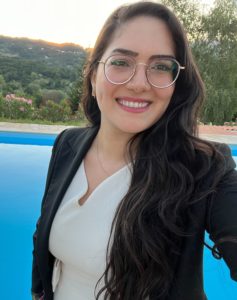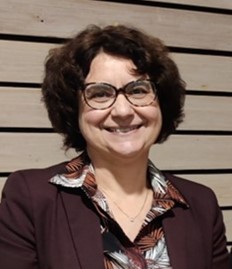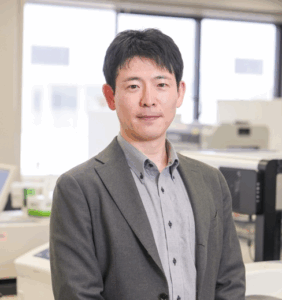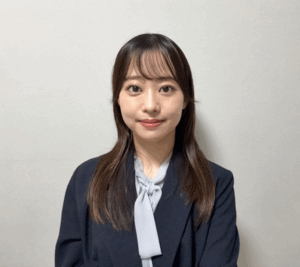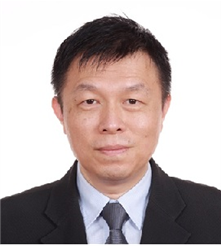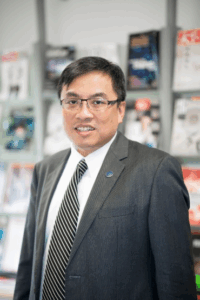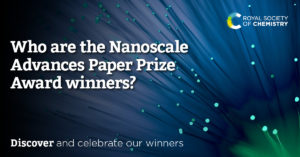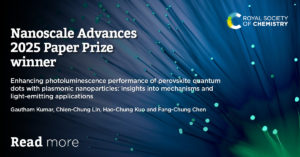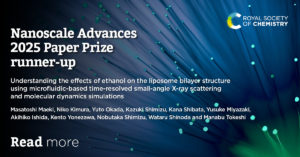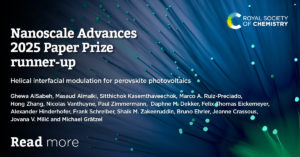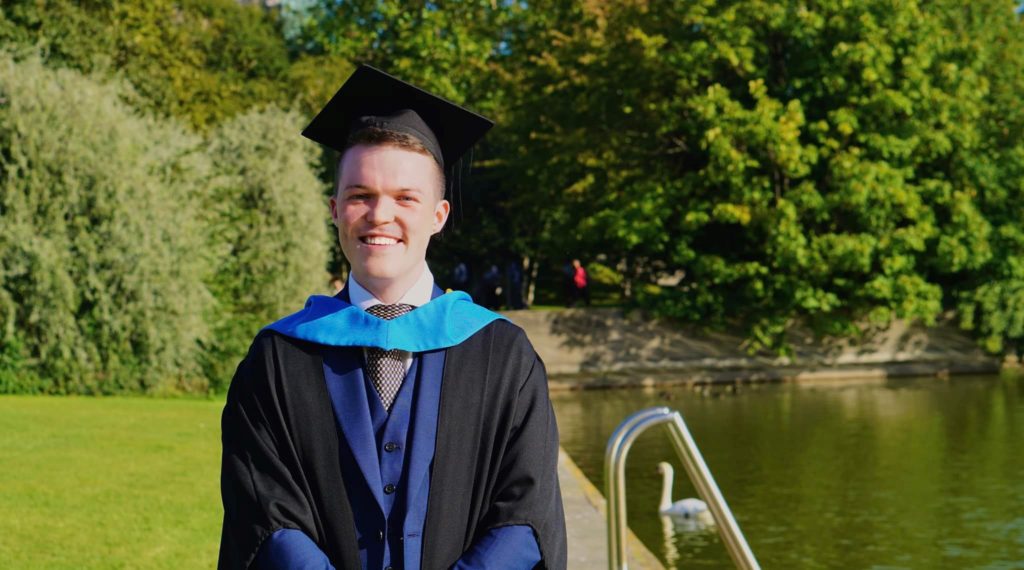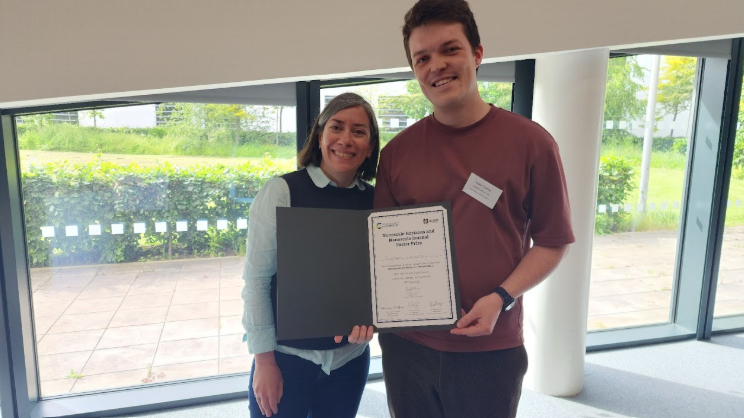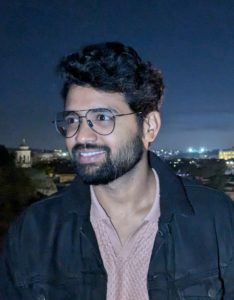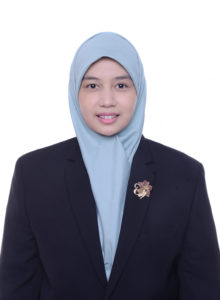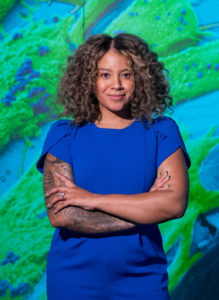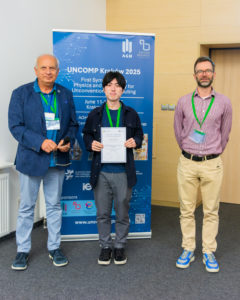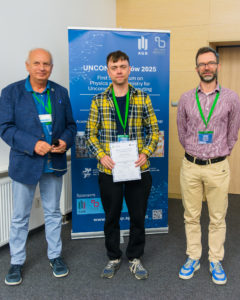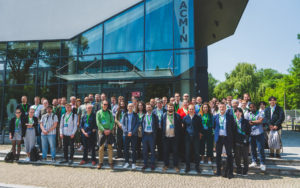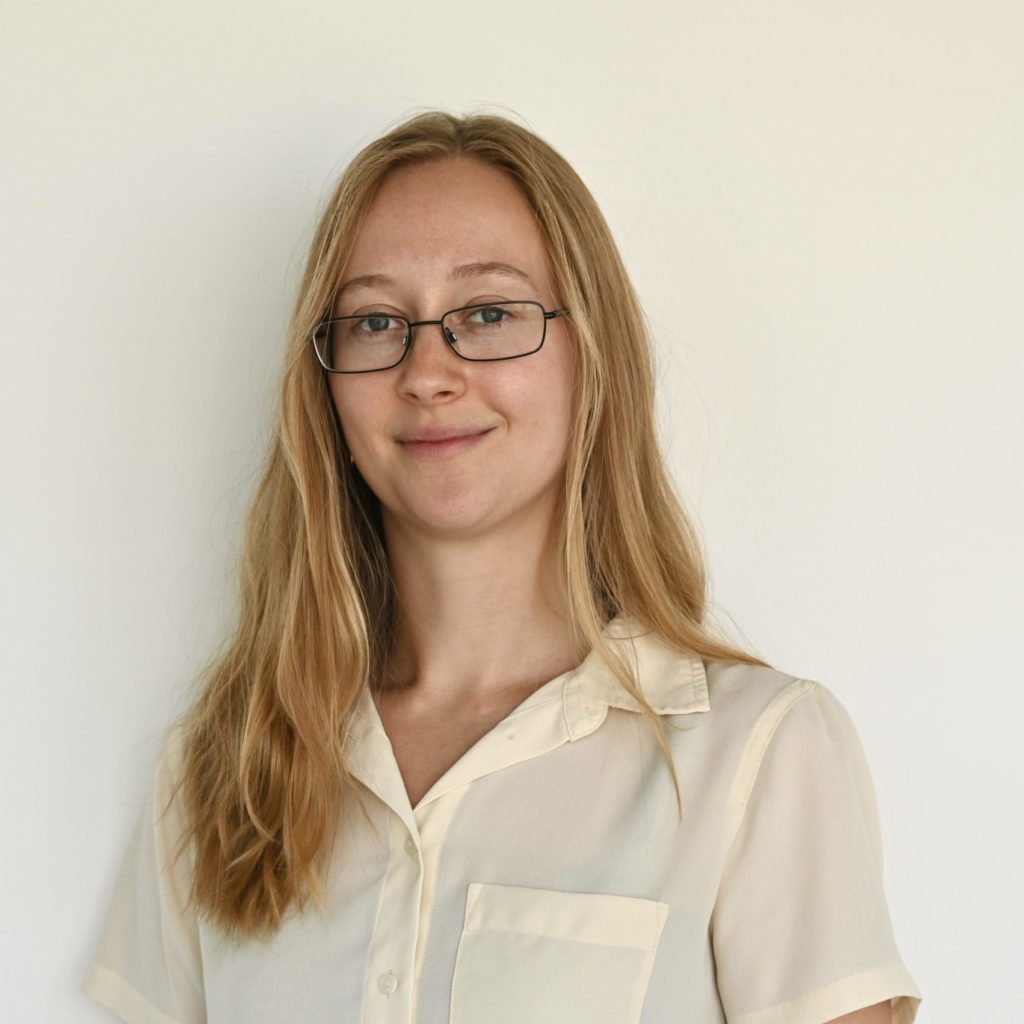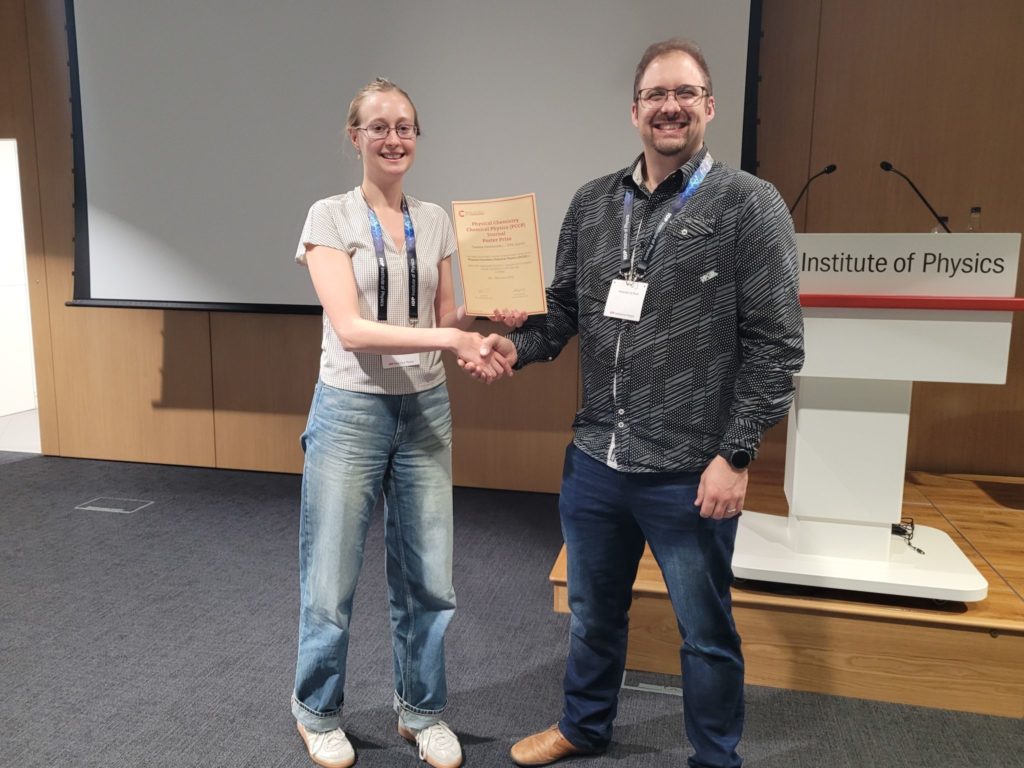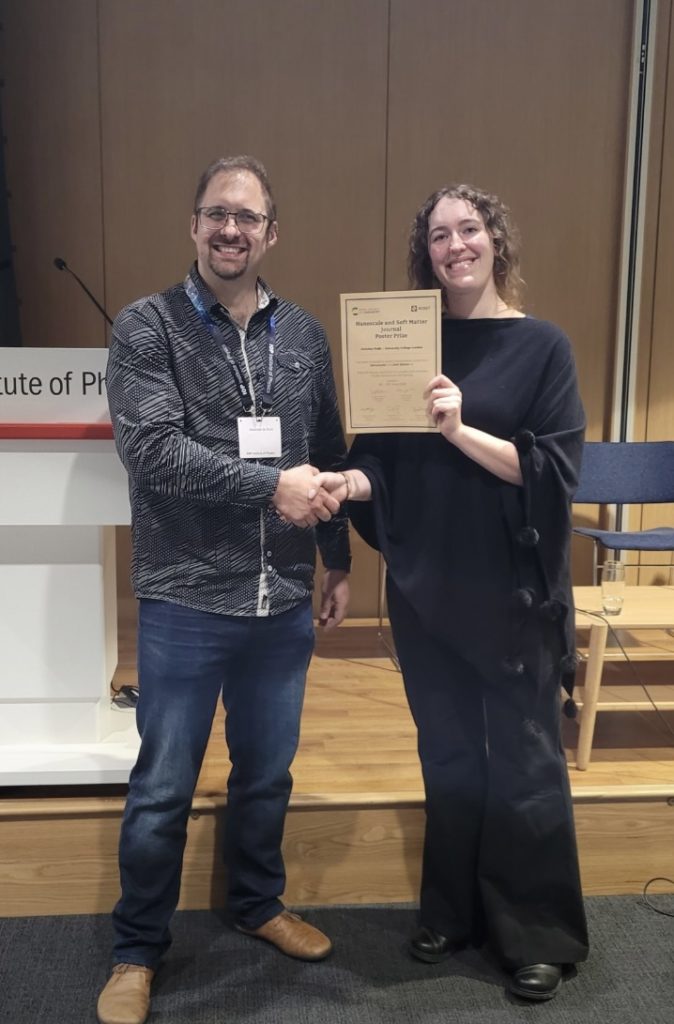The 4th Research Scholars’ Day (RSD-2025) for Institute of Nanoscience and Technology (INST), Mohali took place on 24th–25th July 2025. The event provided an intellectually engaging platform for young researchers to present their ongoing scientific work and to share perspectives on their future research directions.
The two-day event featured keynote lectures by two eminent academic experts: Dr. Arun Kumar Grover (Former Vice Chancellor of Panjab University, Chandigarh) and Dr. Anil Kumar Tripathi (Director of IISER Mohali). Their addresses were followed by a series of 29 oral presentations delivered by INST research scholars, showcasing interdisciplinary research across various domains. A highlight of the event was the large number of oral and poster presentations by research scholars from the three key scientific units of the institute: Energy and Environment Unit, Chemical Biology Unit, and Quantum Materials & Devices Unit. These sessions provided inter-unit academic exchange and opened new avenues for potential collaborations.
In recognition of excellent presentations, six students (two from each unit) received the RSC Nanoscale Oral Presentation Award, and nine students (three from each unit) were honored with the RSC Nanoscale Poster Presentation Award. The awards were supported by the Royal Society of Chemistry (RSC), Dr. Hannah Kerr (Deputy Editor) and Ms Lijina MP (Assistant Editorial Development Manager).
The evaluation of oral presentations was conducted by the faculty members from each unit, while the poster sessions were judged by Inspire Faculty, Ramanujan Faculty, Postdoctoral Fellows, and Women Scientists of INST.
Congratulations to all of the winners!
Oral Participation Winners
Energy & Environment Unit
| Greesh Kumar | Strategic Design and Engineering of Framework Materials towards Exploration of Rechargeable Zn-air Batteries: Unveiling the chemistry of active sites |
| Krishankant | Unveiling a Cooperative Mechanism for the Alkaline Hydrogen Evolution Reaction: Role of Built-in Electric Field |
Chemical Biology Unit
| Antarlina Maulik | Topochemical Polymerization and Photoisomerization in Photoresponsive Chiral Diacetylenes Toward Tunable Molecular Packing and Conductivity |
| Liku Biswal | Targeted nano delivery systems epigenetically restore mitochondrial homeostasis in Parkinson’s disease |
Quantum Materials & Devices Unit
| Harshita Seksaria | Excitons: Light to Hydrogen |
| Sakshi Nain | Single-Molecular Magnetism in Sandwiched Organometallic Complexes |
Poster Participation Winners
Energy & Environment Unit
| Kirti | Leveraging the Cooperative Photocatalysis for the Concurrent Production of Solar Fuels and Value-added Chemicals: Mediated by the Metal-free Porphyrin-based Polymeric Network |
| Kritika Nag | Triazole-functionalized push-pull chromophores: Dynamic tuning of emission and its application in efficient dual detection of Fe2+/Fe3+ |
| Mridu Sharma | DNA Origami Frameworks for Advanced Single Molecule Detection and Photophysics |
Chemical Biology Unit
| Devangi Ghosh | CD33 Aptamer Targeted Dual-Loaded Liposomal Nanocarrier Inhibits RUNX1-mediated Epigenetic Modulation and Targets IL2 and FOXP3 Axis to Inactivate Immunosuppressive Signaling in AML1-ETO+ Leukemia |
| Sarita Kataria | Irrigation-friendly sensor to manage drought in crops through carbon-based signature volatile sensing |
| Debashish Nath | Thermo-responsive Injectable Hydrogel to Mimic the Strain-stiffening Behaviour of Biopolymers towards Muscle Cells proliferation |
Quantum Materials & Devices Unit
| Prakhar Singh | Triazole-functionalized push-pull chromophores: Dynamic tuning of emission and its application in efficient dual detection of Fe2+/Fe3+ |
| Sudip Naskar | Molecular Ferroelectric-Based Piezoelectric Nanogenerator for Low-Frequency Sound Wave Energy Harvesting and Voice Recognition |
| Bhawna | Anisotropic Superconductivity and Quantum Magnetotransport in Exfoliated IrTe2 Thin Flakes |













